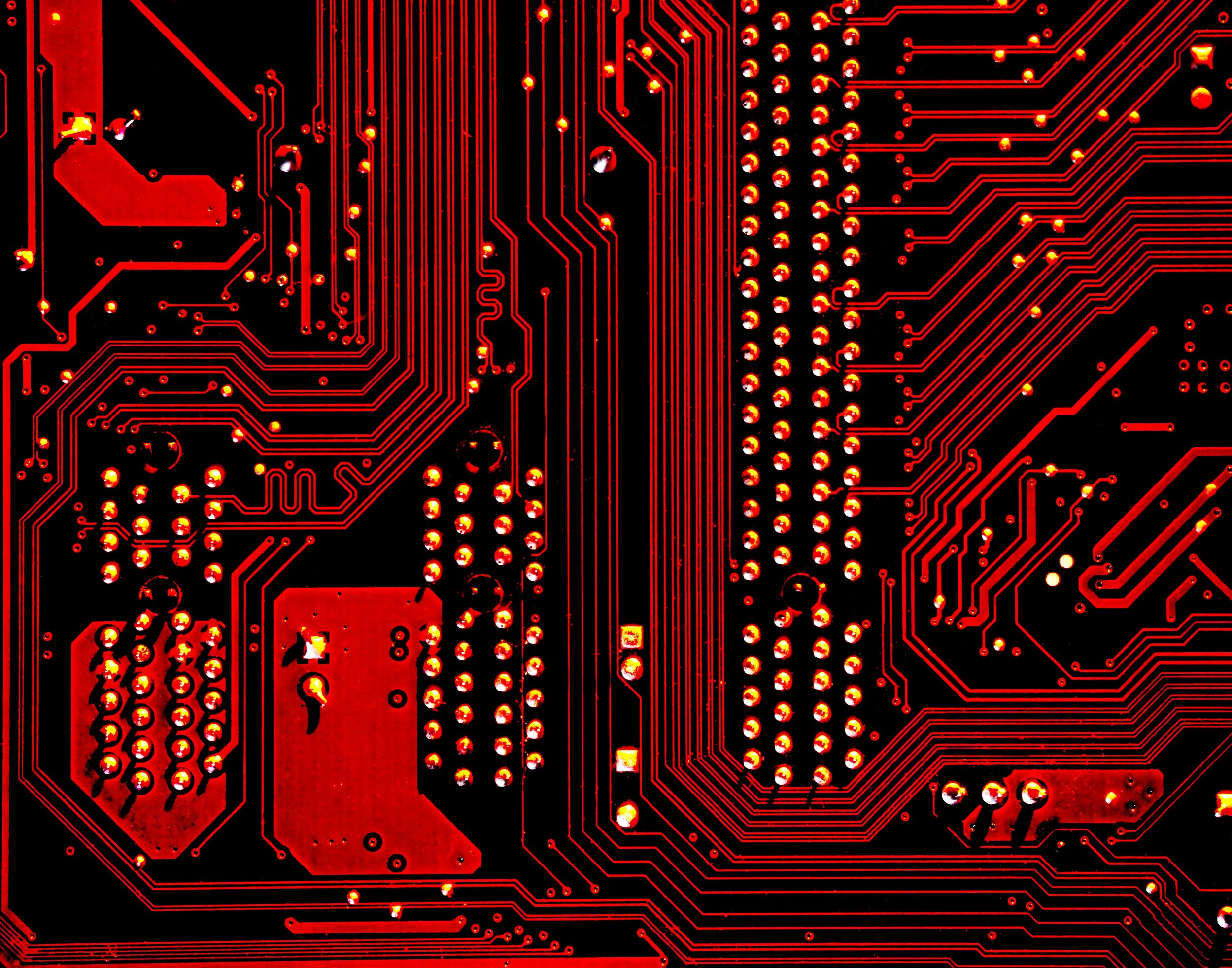
Innovation Glossary: Essential Terms and Definitions
What Does ‘Innovation’ Really Mean?
Innovation holds different meanings for different people, shaped by their unique perspectives and goals. Whether you're a business leader, employee, consumer, or investor, innovation is understood and valued in various ways. For example, a startup team’s approach to innovation differs significantly from that of an established corporation.
Innovation is not just about invention—it's about execution. According to most definitions, true innovation occurs when an idea is successfully implemented and brought to market, where it can be experienced by real users. The OECD definition emphasizes that a product or service must be both implemented and accessible to users to qualify as an innovation. Other definitions include criteria such as success, wide adoption in the market, and proven impact.
At the Innovation Mode, we define innovation as "value through novelty," underscoring the importance of new ideas that deliver tangible value. Some definitions also consider factors like market success, wide adoption, and measurable impact as key criteria for innovation.
“An innovation is the implementation of a new or significantly changed product or process. A product is a good or a service. Process includes production or delivery, organization, or marketing processes.”
“Innovation is the successful exploitation of new ideas.”
“Innovation is value through novelty.”
Essential Innovation & Product Terms You Need to Know
Stay ahead in the fast-paced world of innovation and product development by mastering the key terms and concepts that drive success. This comprehensive glossary provides clear definitions and insights into the language of innovation, helping you better navigate the strategies, processes, and technologies shaping today’s business landscape.
Agile Engineering.
Agile engineering refers to software development practices and methods that embrace change, engage with customers early, and deliver incremental value, frequently. It is characterized by fast iterations, user feedback loops, continuous learning, and improvement.
Related: Rapid Prototyping practices for Software Engineering teams
Blue Ocean Strategy.
A business theory that suggests companies are better off searching for ways to gain "uncontested market space" rather than competing with similar companies. The term contrasts with "red oceans" where competitors fight over shrinking profits.
Business Model Innovation.
A business model is the set of elements and mechanisms that allow the company to pursue its overall purpose. It may include the offerings, the value proposition, the cost structures, the pricing, and monetization models. Introducing new ‘logic’ to any of these components or the whole model constitutes business model innovation.
Related: Wikipedia: Business Model
Business Experiment.
A well-defined, repeatable initiative aiming to capture insights and data points to assist decision-making for further investment or to validate particular hypotheses
Definition: The Innovation Mode
Centralized Innovation.
It is an innovation model dictating that the agenda and outputs of innovation are controlled by a single entity within the organization.
Decentralized Innovation.
It is an innovation model dictating that innovation can originate from any team within the organization. The knowledge produced is diffused across the company.
Design Thinking.
A human-centered approach to innovation that draws from the designer's toolkit to integrate the needs of people, the possibilities of technology, and the requirements for business success. It emphasizes empathy, ideation, prototyping, and testing.
Digital Transformation.
The integration of digital technology into all areas of a business, fundamentally changing how it operates and delivers value to customers. It's also a cultural change that requires organizations to continually challenge the status quo and experiment.
Disruptive Innovation.
Disruptive Innovation describes a process by which a product or service initially takes root in simple applications at the bottom of a market—typically by being less expensive and more accessible—and then relentlessly moves upmarket, eventually displacing established competitors.
Source: christenseninstitute.org, Clayton Christensen
Experimentation (in Business).
A business attitude that promotes hypothesis testing and learning through experiments and feedback loops. It needs technology, culture, and a special mindset that treats failure as a learning opportunity.
Definition: The Innovation Mode
Fail-Safe, Fail Fast.
An approach in product development that encourages experimentation and risk-taking by bringing decisions early in the process: an unsuccessful result is smoothly accepted as soon as it happens early enough (fail fast), before significant allocation of resources, investment, and prior to any dependencies or expectations made (fail-safe).
Definition: The Innovation Mode
Hackathon.
A hackathon is a design sprint-like event in which computer programmers and others involved in software development, including graphic designers, interface designers, project managers, and others, often including subject-matter-experts, collaborate intensively on software projects
Definition: https://en.wikipedia.org/wiki/Hackathon Or, as defined in The Innovation Mode: “An intensive, software-centric ideation, prototyping and presentation challenge on known or unknown problems or opportunities.”
Definition: The Innovation Mode
Ideation.
The process of generating, capturing and post-processing ideas as potential solutions to a problem or opportunities for business value. The input of this process is typically one or more problem statements along with business context that helps innovators better frame the problem and get inspired for idea generation.
Definition: The Innovation Mode
Innovation Culture.
Innovation culture is the system of values, behaviors, symbols, and mental models that embrace novelty and change as the drivers of business improvement and success.
Definition: The Innovation Mode
Innovation Function (of the organization).
The Innovation Function is an always-on system of procedural, cultural and technical activities, innovation enablers, and resources, aiming to maximize the likelihood of producing successful Innovation Opportunities.
Definition: The Innovation Mode
Innovation Opportunity.
A feasible, well-structured solution to a defined problem, with some novel aspects that are validated as highly probable value drivers for a critical mass of users.
Definition: The Innovation Mode
Innovation - as an Outcome.
An innovation is the implementation of a new or significantly changed product or process. A product is a good or a service. Process includes production or delivery, organization, or marketing processes.
Definition: OECD - the Oslo Manual Related Article: Innovation & Novelty
Innovation Mode (of an organization).
A special mode of operation of an organization driving business impact through novelty and continuous improvement. In this mode, innovation happens naturally - processes, methods and tools are fully embedded into the operational aspect of the company. There is no distinction between ‘Ιnnovation’ and ‘Corporate’ cultures. People are motivated and fully aligned with the purpose of the company.
Definition: The Innovation Mode
Innovation Strategy.
A plan that defines how an organization will use innovation to achieve its business objectives. It includes decisions about where to focus innovation efforts, how much to invest, and what types of innovation to pursue.
Innovation Lab.
A dedicated space or organizational unit designed to foster experimentation and develop new ideas outside the constraints of day-to-day operations. Labs typically focus on exploring emerging technologies and business models.
Intrapreneurship.
The act of behaving like an entrepreneur while working within a large organization. Intrapreneurs take hands-on responsibility for creating innovation within the company, often with dedicated resources and executive sponsorship.
Incremental Innovation.
It is a form of innovation that happens at a smaller scale and, frequently, probably on top of existing products or services. It can be thought of as a “continuous” process of improving existing offerings —either by releasing enhanced versions of known features or by adding new ones.
Lean Startup.
A methodology for developing businesses and products that aims to shorten product development cycles by adopting a combination of business-hypothesis-driven experimentation, iterative product releases, and validated learning.
MVP - Minimum Viable Product.
The minimum viable product is that version of a new product a team uses to collect the maximum amount of validated learning about customers with the least effort“. In other words, “The (MVP) is a product with just enough features to satisfy early customers, and to provide feedback for future development.”
Definition: Wikipedia, The term was coined by Frank Robinson and popularized by Steve Blank and Eric Ries
Open Innovation.
It is a model of innovation enabling companies to utilize internal and external knowledge as part of their innovation process. It allows economic entities to connect and selectively exchange knowledge, form partnerships, and speed up the innovation process in ways that create benefit for all.
Pivot.
A structured course correction designed to test a new fundamental hypothesis about the product, strategy, or engine of growth. Pivots are common in startups when initial assumptions prove incorrect.
Process Innovation.
A new or significantly improved production or delivery method. This includes significant changes in techniques, equipment and/or software.
Definition: OECD
Product Innovation.
A good or service that is new or significantly improved. This includes significant improvements in technical specifications, components, and materials, software in the product, user friendliness or other functional characteristics.
Definition: OECD
Product Market Fit.
The degree to which a product satisfies a strong market demand. Achieving product-market fit means you have found a good market with a product capable of satisfying that market. Signs include organic growth, high retention, and customers who would be "very disappointed" if the product disappeared. Marc Andreessen famously described it as "the only thing that matters" for startups.
Prototype.
An intentionally incomplete instance of a product with the intent to validate the underlying concepts and those assumptions with the most uncertainty. Prototypes range from low-fidelity paper sketches to high-fidelity functional software. The goal is to learn quickly and cheaply before committing to full development.
Proof of Concept (POC).
Evidence, typically derived from an experiment or pilot project, demonstrating that a design concept, business proposal, or technology is feasible. A POC is typically smaller in scope than a prototype or MVP.
Radical Innovation.
It is a form of innovation that brings a major change in something established, usually as a breakthrough idea or technology. In some cases, it replaces existing solutions or technologies entirely.
Definition: Wikipedia
Rapid Prototyping.
The process of building inexpensive instances of a product or a system in a streamlined fashion, extremely fast. Prototypes may range from static visualizations and clickable user interfaces to functional, usable artifacts
Social Innovation.
Social Innovation prioritizes impact and value at the societal level – it focuses on bringing improvements in working models, education, access to health services, and community development. It may be driven by non-profits, activism, volunteers, or self-organizing communities.
Definition: Wikipedia
TAM - Total Addressable Market.
Total addressable market is a term that is typically used to reference the revenue opportunity available for a product or service. TAM helps prioritize business opportunities by serving as a quick metric of the underlying potential of a given opportunity. Related metrics include SAM (Serviceable Addressable Market) and SOM (Serviceable Obtainable Market), which narrow the focus to realistic targets.
Technology Transfer.
The process of transferring scientific findings, knowledge, or technology from one organization to another for the purpose of further development and commercialization. Common between universities and industry.
Frequently Asked Questions
What is the difference between innovation and invention? Invention is the creation of a new idea or concept. Innovation is the successful implementation and commercialization of that idea in a way that creates value. An invention becomes an innovation only when it reaches users and delivers measurable impact.
What are the main types of innovation? The main types include: incremental innovation (small improvements to existing products), radical innovation (breakthrough changes), disruptive innovation (new solutions that displace established players), and business model innovation (new ways of creating and capturing value).
Why is innovation important for businesses? Innovation drives competitive advantage, enables companies to meet changing customer needs, opens new revenue streams, and ensures long-term survival. Companies that fail to innovate risk being displaced by more agile competitors.
Explore More: Insights on Innovation & Product Development
Dive deeper into the world of innovation with expert articles, insights, and case studies. Discover how businesses are leveraging cutting-edge strategies to drive growth, create value, and stay ahead of the curve. Stay informed with our latest posts on emerging trends and best practices in innovation and product development.





An amazing collection of thoughts on the topic of corporate innovation, from 60 Leaders — Chief Innovation Officers, CxOs, academics, technologists, innovation experts, entrepreneurs, thought leaders, and start-up founders — across industries and geographies.